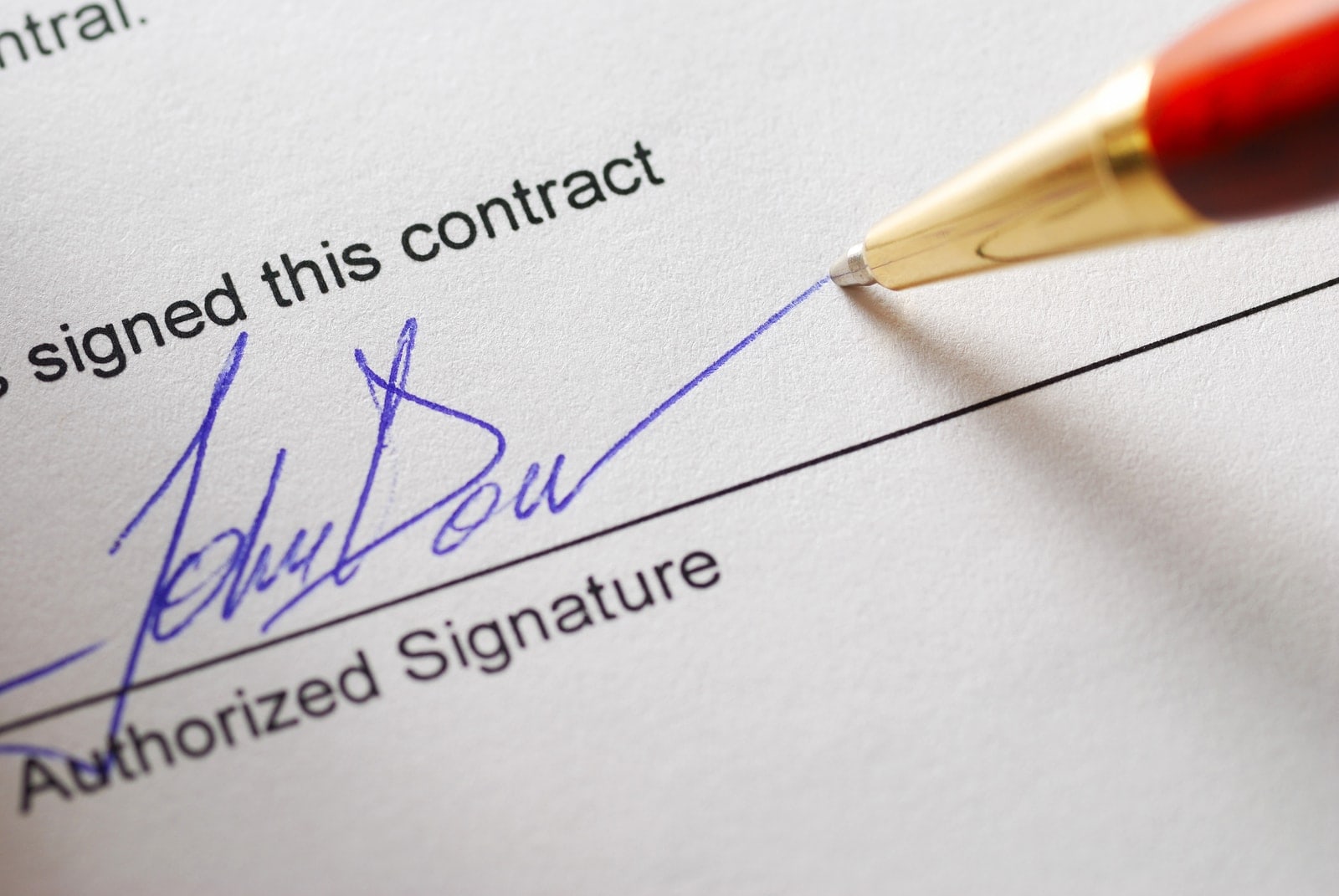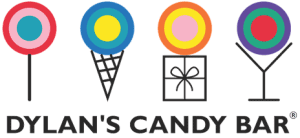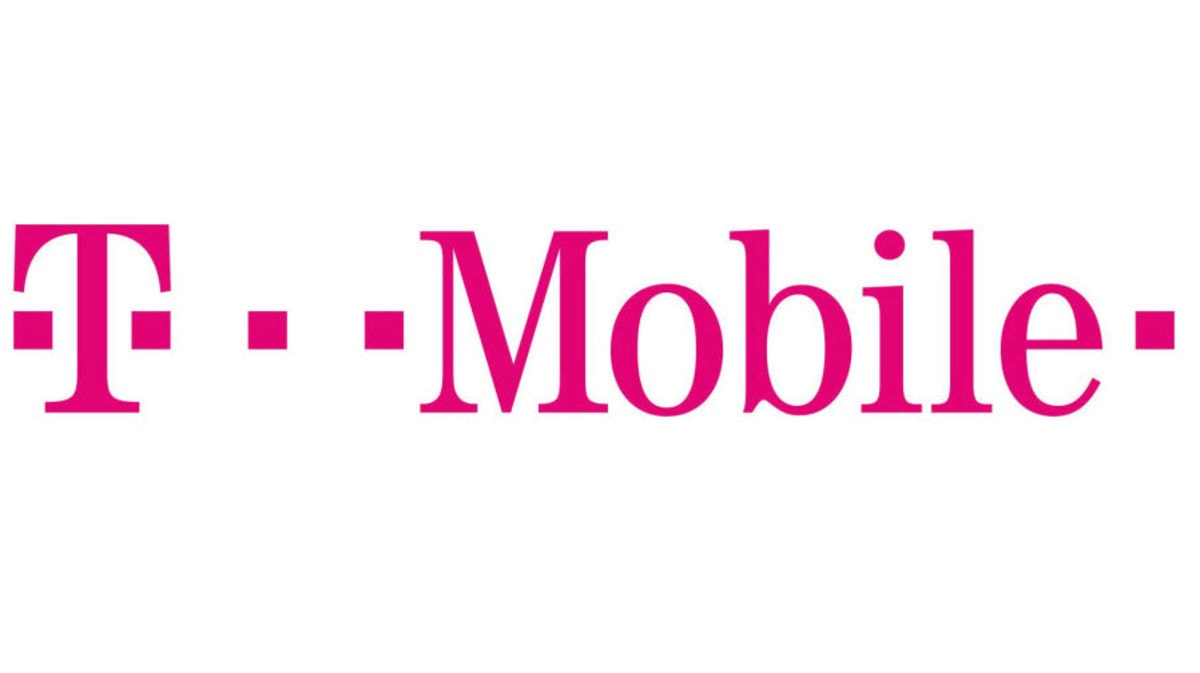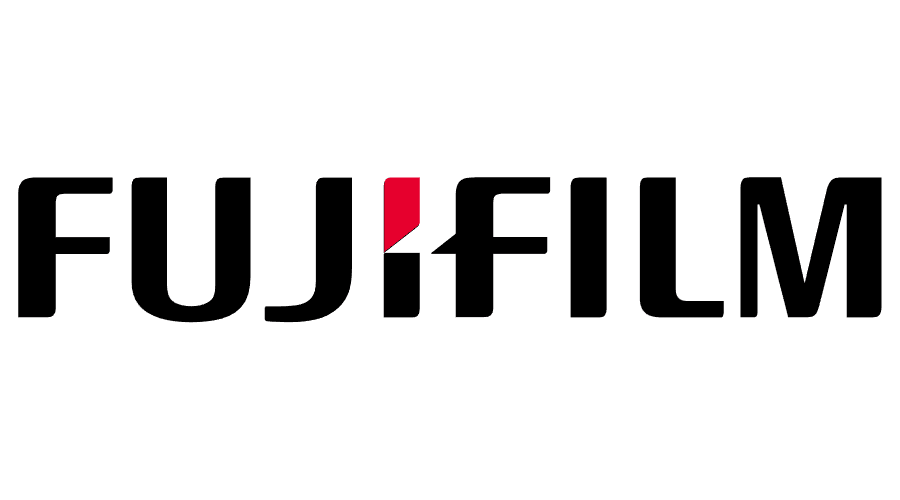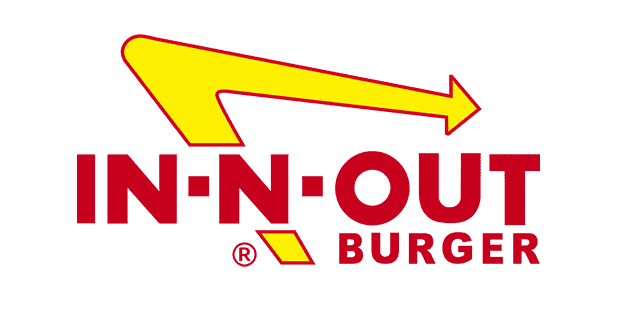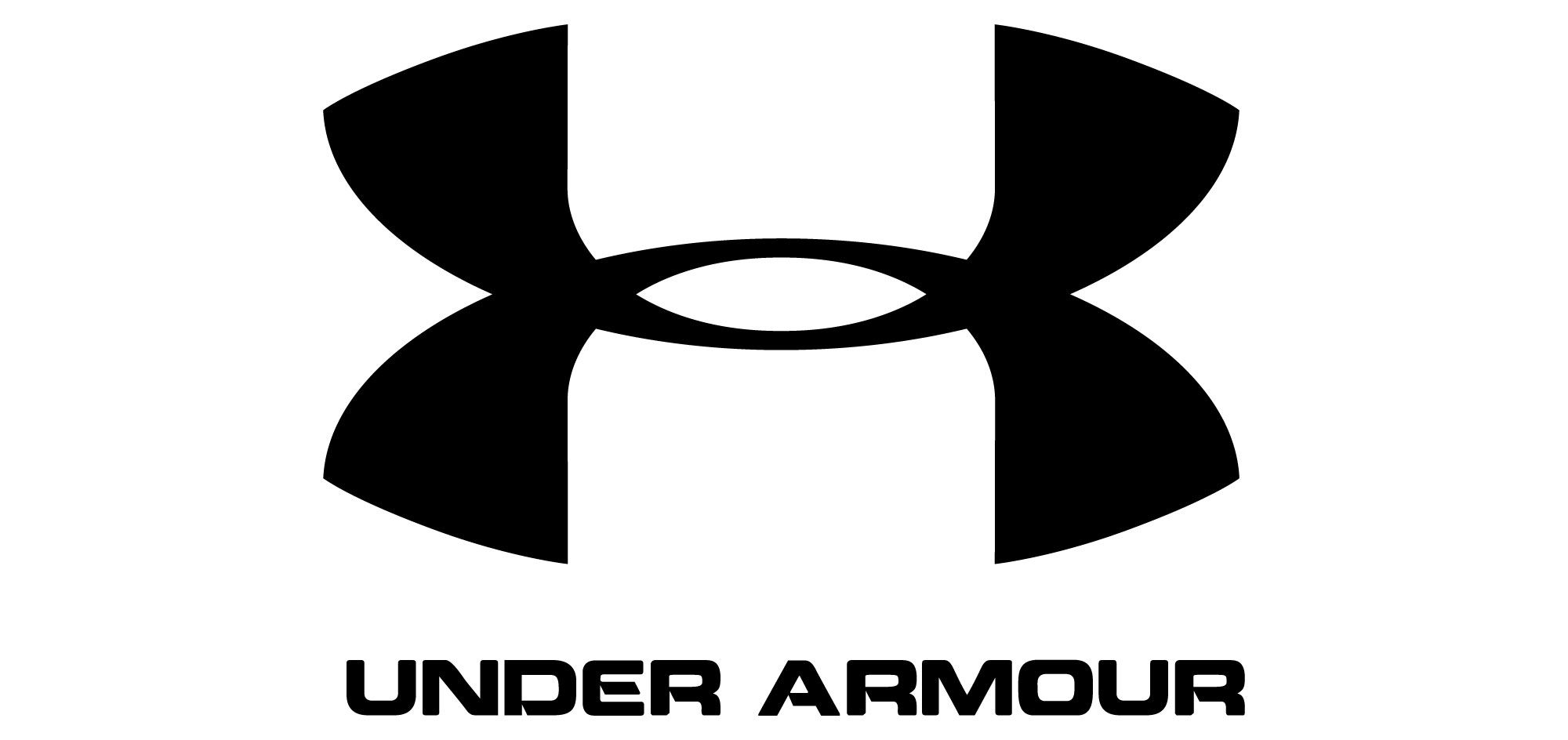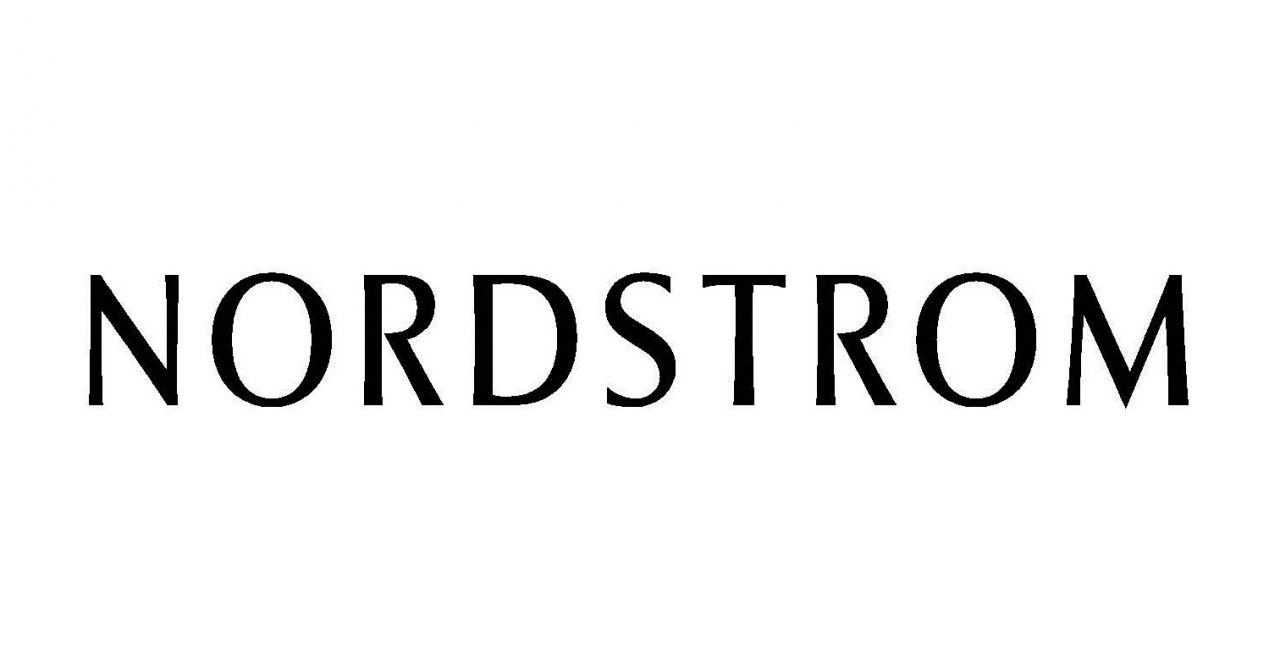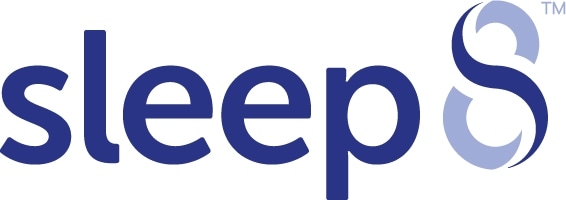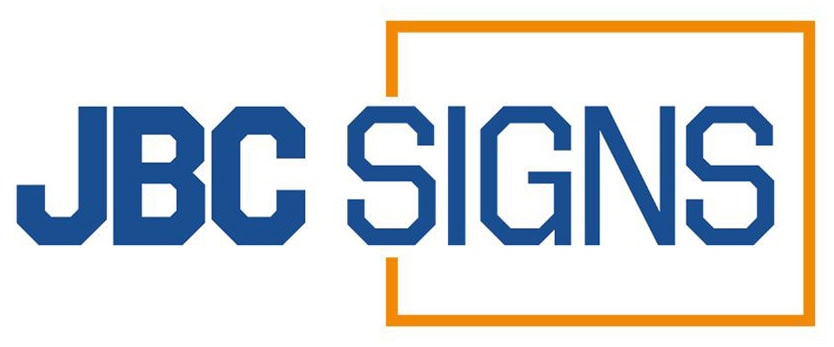Most businesses, from retailers to service companies, have a wide range of direct marketing channels available. From direct mail to cold calling, each direct channel can be used to generate revenue, increase sales and strengthen your brand.
Brochures are a powerful marketing channel that are often forgotten in favor of more popular options. For retailers and service businesses alike, they can be an immensely effective marketing tool when used correctly.
Are your business’s brochures as effective as they could be? Read on to discover four questions that you should ask yourself before printing any brochure to make sure its impact on your sales will be as positive as possible.
Do you have an engaging headline?
Does your brochure immediately engage its readers? Many businesses use direct marketing headlines that are too focused on facts and figures, and not focused on the key selling points of their product or service.
The goal of your headline isn’t to sell your product or service immediately – it’s to encourage prospects to keep reading. Your copy, which follows your headline, has the job of converting interested people into action-focused customers.
If your headline isn’t engaging enough, try asking customers a question that directly related to their business or quality of life. Sometimes, a targeted question is all that’s needed to engage an otherwise uninterested prospect.
Is your call to action easy to act on?
Another common problem of many brochures, particularly B2B brochures, is that their call to action is overly complicated and demanding. The simpler your call to action is, the more effective it will be in converting readers into customers.
A classic example of thing is asking prospects to contact your business for pricing information. This is an additional step in the sales process that puts off a relatively large number of prospective customers that would prefer to know prices now.
One of the easiest ways to increase your brochure’s response rate is to minimize the number of steps involved in taking action. The simpler the process it for prospective customers, the greater the number of people that will respond to your brochure.
Are your images relevant to your offer?
Great images need to do two things: relate to your offer and catch the attention of your target audience. Many brochures achieve one of these two goals, but then fail to achieve the second.
Are your images directly relevant to your offer? The best images to use in any sales brochure are images of the results of your product or service, or images that depict your product or service in action.
Another great way to use images in your brochure is to include an image that shows your target audience. This themes your campaign and makes it more relevant to the people it reaches, increasing engagement and improving your sales results.
Is your copy easy for prospects to read?
One of the most common direct marketing mistakes, particularly for B2B marketers, is to use copy that’s full of long words, complicated phrases and technical language that just isn’t relevant to the audience it’s targeting.
The goal of any direct marketing campaign is to attract the largest possible audience of interested people. The more complicated and exclusive your language is, the more people you’ll discourage from taking action.
Keep your language as simple as possible without affecting your brochure’s ability to talk about your offer. The more technical your brochure’s copy is, the less it will connect with a wide audience of prospective customers.

